Blood Glucose Meter Errors: Your Comprehensive Guide to Accurate and Reliable Readings
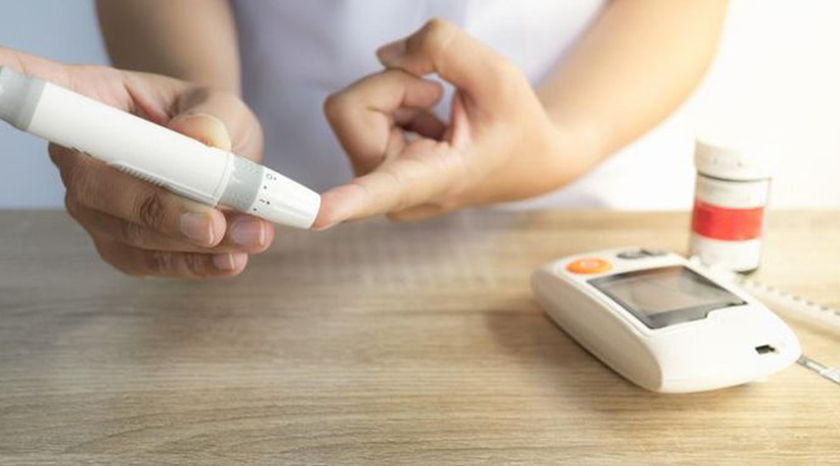
With the rising number of diabetes patients in recent decades, owning a home blood glucose meter has become essential. Blood glucose meter errors avoidance is crucial to ensure accurate readings. In the world of diabetes management, this device is a vital and indispensable tool. But what if this very tool becomes a source of confusion and concern?
Blood glucose meter errors can be the hidden reason behind those unexpected readings you face daily. In this comprehensive guide, we’ll uncover the hidden causes behind these errors and highlight how to avoid them to ensure accurate readings you can confidently rely on for managing your health.
Understanding How Blood Glucose Meters Work
Before delving into blood glucose meter errors, it’s essential to understand how these devices function. Most meters use electrochemical technology, where enzymes in the test strips react with glucose in the blood sample, producing an electrical signal that is converted into a number displayed on the screen.
Main Components of the Meter
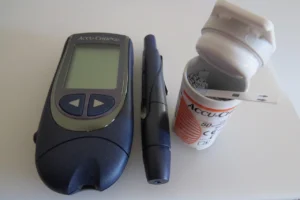
-
Display screen
-
Power and settings button
-
Test strip insertion slot
-
Microprocessor unit
Why Do Blood Glucose Meter Errors Occur?
Blood glucose meter errors occur due to a complex combination of technical, environmental, and human factors. Understanding these factors is the first step toward reducing the margin of error and obtaining reliable readings for critical treatment decisions.
Common Errors When Using Blood Glucose Meters
There are several frequent mistakes made by many users of glucose meters, summarized as follows:
Poor Storage of Test Strips
Test strips are one of the most common causes of blood glucose meter errors. Heat and humidity can negatively affect the accuracy of these strips, so they must be stored in proper conditions to preserve their integrity.
Proper Storage Tips:
-
Keep strips in their original container.
-
Always close the container tightly after use to prevent moisture exposure.
-
Avoid direct sunlight.
-
Keep away from moisture sources such as bathrooms and kitchens.
-
Check the expiration date before use.
Not Washing Hands Properly
Food residues, especially sugars, on the fingers can cause major blood glucose meter errors. A recent study found that touching fruit before testing can raise the reading by about 10%.
Proper Hand Cleaning Steps:

-
Wash hands with soap and water.
-
Dry thoroughly.
-
Use sanitizer only when water is unavailable.
Insufficient Blood Sample
One of the major blood glucose meter errors is using an insufficient blood sample, which can lead to falsely low readings and mislead you about your true blood sugar level.
Using an Uncalibrated Meter
Blood glucose meter errors often occur due to lack of regular calibration. Follow the manufacturer’s calibration instructions and periodically check accuracy by comparing your home meter readings with lab results taken within an hour of each other. If you notice a significant difference, your meter may need adjustment or repair.
Factors Affecting Reading Accuracy

Besides common errors, certain factors can influence meter accuracy, including:
Physiological Factors
Some natural body factors can affect readings, such as:
-
Hematocrit level: This refers to the ratio of red blood cell volume to total blood volume. A low hematocrit level may cause falsely high glucose readings, and vice versa.
-
Body temperature: High body temperature increases insulin secretion, which can lower blood glucose levels.
-
Blood pressure: High blood pressure may cause elevated blood glucose levels, and vice versa.
-
Dehydration: Dehydration can cause falsely high blood glucose readings due to reduced fluid levels in the blood.
Environmental Factors
-
Room temperature
-
Humidity
-
Altitude
Technical Factors
-
Test strip quality
-
Battery life
-
Meter cleanliness
How to Avoid Blood Glucose Meter Errors
Regular Device Maintenance
To minimize blood glucose meter errors, clean the device regularly according to manufacturer instructions.
Suggested Maintenance Schedule:
-
Daily: Wipe the surface.
-
Weekly: Clean the test strip slot.
-
Monthly: Calibrate and check the battery.
Correct Blood Sampling Technique
-
Use the side of the fingertip, not the center.
-
Adjust lancet depth according to your skin type.
-
Do not squeeze the finger to extract blood.
Choosing the Right Time to Test
The timing of testing significantly affects accuracy. Always measure at the times recommended by your doctor.
Interpreting Results and Detecting Errors
Difference Between Home and Lab Tests
A small difference (up to 15%) between home and lab readings is normal, but larger discrepancies indicate blood glucose meter errors.
Signs of Measurement Error
-
Unexpected or unexplained readings.
-
Readings inconsistent with symptoms (e.g., feeling high blood sugar symptoms while the meter shows a very low level).
-
Large differences between consecutive readings in a short period.
Accuracy Standards and Quality Assurance
Accuracy Standards for Glucose Meters
According to the International Organization for Standardization (ISO), glucose meters must meet these accuracy criteria:
-
95% of readings within ±15% of the true value.
-
99% of readings within ±20% of the true value.
How to Verify Your Meter’s Accuracy
-
Use control solutions.
-
Compare results with a certified laboratory.
-
Participate in quality assurance programs.
Frequently Asked Questions About Blood Glucose Meter Errors
How Often Should I Replace My Glucose Meter?
It’s recommended to replace the device every 4–5 years or as directed by the manufacturer. Technological advancements can make older devices more prone to blood glucose meter errors.
Can the Meter Show Normal Readings When Blood Sugar Is High?
Yes, this is one of the most dangerous blood glucose meter errors. It can occur due to:
-
Expired test strips
-
Improper strip storage
-
Manufacturing defects
What Is the Acceptable Error Margin for Glucose Meters?
According to quality standards, the acceptable error margin is ±15% for readings above 100 mg/dl and ±15 mg/dl for readings below 100 mg/dl.
Practical Tips to Handle Blood Glucose Meter Errors
Keep an Accurate Log
Recording readings along with conditions can help identify abnormal patterns that indicate blood glucose meter errors.
Consult a Pharmacist
Consult your pharmacist regarding any questions about measurement accuracy. They can offer valuable advice to help you avoid blood glucose meter errors.
Be Prepared for Emergencies
Keep the following on hand:
-
Backup meter
-
Extra strips
-
Fresh batteries
-
Control solutions
Conclusion: Toward More Accurate and Reliable Readings
Blood glucose meter errors are not inevitable—they can be greatly minimized through proper knowledge and accurate practices. By understanding the root causes and taking preventive measures, you can turn your glucose meter from a source of worry into a trusted partner in diabetes management.
Accuracy in measurement is the foundation for proper treatment decisions. Don’t let blood glucose meter errors hinder your progress toward better health. Use this guide as a practical tool to get the most from your device and become an active partner in your own healthcare journey.

 Skin exfoliation products
Skin exfoliation products
 Skin moisturizing products
Skin moisturizing products
 Skin cleansers
Skin cleansers
 Sun protection products
Sun protection products
 Skin whitening products
Skin whitening products
 Skin serums
Skin serums
 Korean skin care products
Korean skin care products
 Skin masks
Skin masks
 Natural skin care products
Natural skin care products
 Shampoo
Shampoo
 Hair cream bath and masks
Hair cream bath and masks
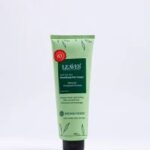 Hair styling products
Hair styling products
 Hair oils and serums
Hair oils and serums
 Hair dyes
Hair dyes
 Natural hair products
Natural hair products
 Baby strollers
Baby strollers
 Baby toys
Baby toys
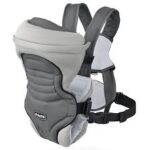 Baby carriers
Baby carriers
 Car seats
Car seats
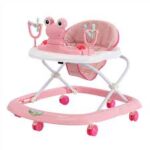 Baby walkers
Baby walkers
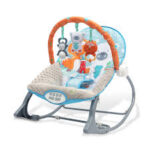 Baby rockers
Baby rockers
 Baby beds
Baby beds
 Baby milk
Baby milk
 Baby food
Baby food
 Baby feeding supplies
Baby feeding supplies
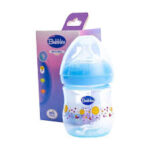 Baby bottles
Baby bottles
 Pacifiers
Pacifiers
 Teethers
Teethers
 Baby hygiene care
Baby hygiene care
 Skin care for babies
Skin care for babies
 Diapers
Diapers
 Perfumes for babies
Perfumes for babies
 Women’s perfumes
Women’s perfumes
 Men’s perfumes
Men’s perfumes
 Unisex perfumes
Unisex perfumes
 Oriental perfumes
Oriental perfumes
 Luxury perfumes
Luxury perfumes
 Hair perfumes
Hair perfumes
 Deodorants
Deodorants
 Body and shower care
Body and shower care
 Women’s care products
Women’s care products
 Men’s care products
Men’s care products
 Sexual health
Sexual health
 Lipsticks
Lipsticks
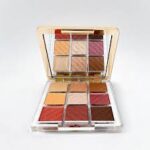 Eye Makeup
Eye Makeup
 Face Makeup
Face Makeup
 False nails and lashes
False nails and lashes
 Contact Lenses
Contact Lenses
